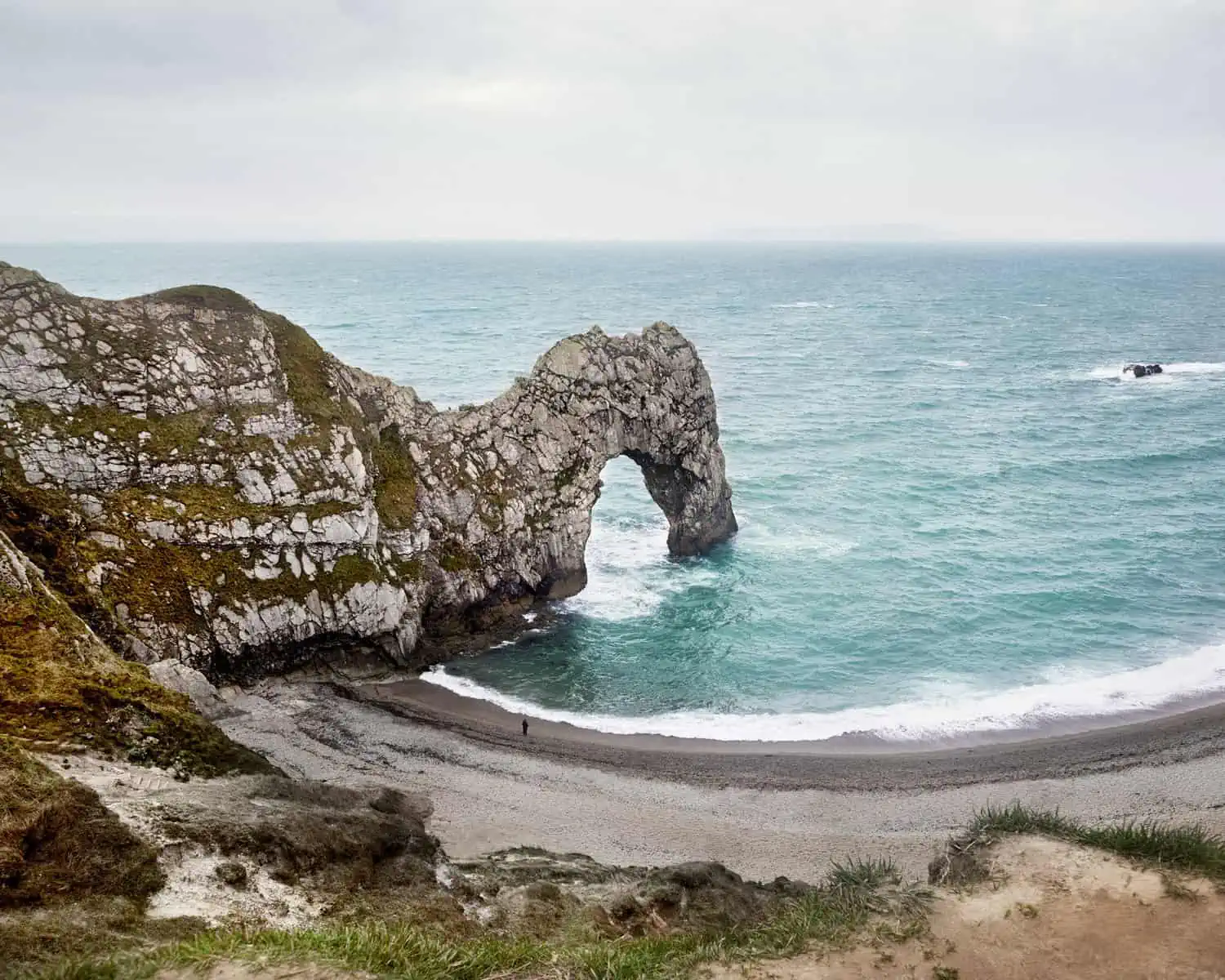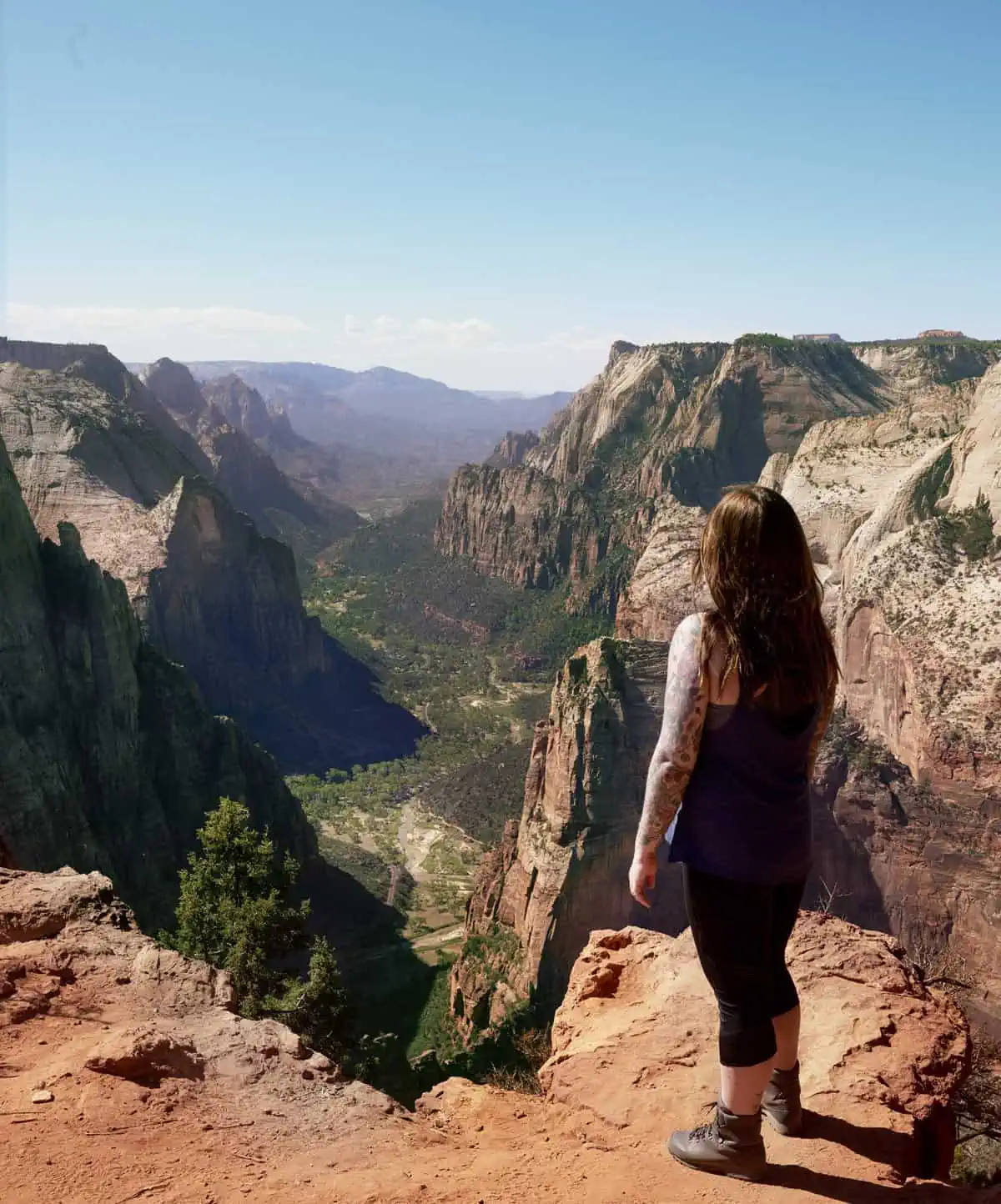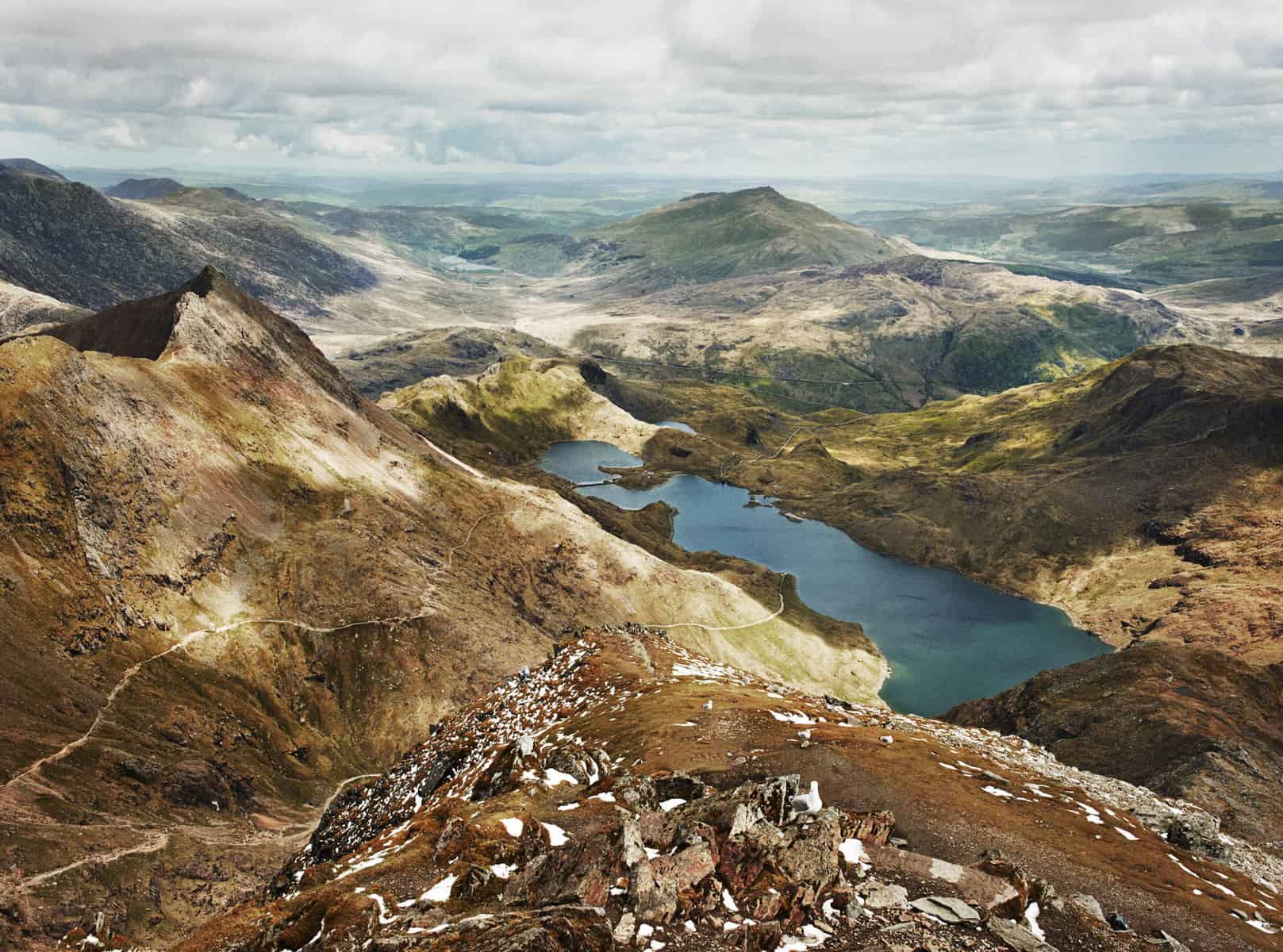As we start to travel again, the question on many people’s minds is how to make their trips more sustainable. Whilst responsible tourism is a hot topic right now, being a responsible tourist isn’t something to only think about whilst it is a marketable term for brands. It is something that is incredibly important toward a more sustainable, green economy and our emotion connections and care for those around us. It is something that has been at the heart of what we do for many years. Not only does this ethos have a positive impact on the places we visit, but it also allows us to feel a greater sense of connection when travelling too.So, what exactly is over tourism, why is it important to understand and how can you make a more positive impact?
Over tourism simply describes the concept that hotels, destinations, residents or even tourists feel that the number of tourists in any given area is too much for that area to withstand. This can relate to a feeling that the quality of life in the area has deteriorated, which can have an incredible negative and stressful impact for those involved. It can also have a significant impact, in more natural locations, on the safety and conservation of natural environments (overuse can lead to dangerous erosion etc.). It can also lead to higher levels of pollution which can be significantly harmful to the health of those who live in or visit the area. In areas which have increased in popularity, you may also see that the infrastructure in place is not able to support the amount of footfall. Another impact of over tourism often sees residents priced out of areas, where expensive holiday rentals can take over.
The Jurassic Coast on the South Coast of England is well known for it’s incredible rock formations and beautiful warm beaches. The location pictured here is often very over saturated with people wanting to take a glimpse of this incredible location. There is evidence of heavy erosion in the area from massively increased footfall and a number of studies pointing to how this is having an impact on local wildlife. Not just that, there have been many accidents caused by people acting irresponsibly near the easily eroding cliffs, causing emergency service and coastguard rescue to have to put their lives at risk too. This image may look empty of people – this was taken off season, which is still just as beautiful.
ID: A landscape image of a rock arch which enters the blue sea. It looks cold and slightly overcast.
Why is this happening?
There are several factors that have contributed to over tourism. The travel industry has mostly been focused on growth for quite some time. This isn’t the case all the time – we can vouch for many tourism boards we’ve worked with who have had strong commitments to dispersing tourism properly and in sustainable ways. However, something needs to change here – there have been many talks in the industry about the measurement of tourism when it comes to how a ‘successful’ year in tourism is measured. Put simply – this needs to be measured away from numbers alone, instead considering more sustainable measures too.
It’s also not hard to see how cheap flights and holiday deals contribute to over tourism too. When a cheap flight to the Austrian Alps costs less than a trip to the Lake District in the UK, it is not hard to see why people are taking the cheaper option! However, within this, it is important to look at how privilege plays a part here. It is all well and good talking about how cheap deals have an impact, but we cannot do this without looking at access and the fact that many more expensive options create barriers. When we have this conversation, we need to consider making travel accessible and affordable.
Social media has also had its part to play – there are many locations that are so popular now because of location identifiers and pinpoints on the map that many destinations are reporting record numbers of tourists – more than they ever have. You may think that this is something that has perhaps been solved by the pandemic – however, in the UK alone, many of the National Parks have seen visitors in hoards they haven’t experienced in years, and we can’t look at why this is happening without thinking about the importance of tourism dispersing.
The ultra popular Angel’s Landing in Zion National Park as seen from a much less frequented viewpoint in Zion. Every year, thousands upon thousands of people go and try to complete the hike on Angel’s Landing, which sees you experience a via ferrata style system along its spine like rock edge. The trail regularly has queues of people waiting to reach the top safely, with little space to move due to its precarious position! There are so many other, less busy areas of the park – even in peak season.
ID: A portrait image. Fay stands to the right of the frame looking at Angel’s Landing. The rock is brown and orange and looking into the valley, the canyon walls give way to steep, spine like rock structures. Fay is wearing black leggings, brown boots and a purple tank top.
What can I do to avoid over tourism?
Responsible tourism and being a responsible tourist refers to the exact opposite of over tourism – it is about making a place better for those that live there, those who work there and those who visit. In many cases, taking a more responsible approach to tourism can help to make the situation improve dramatically.
It is about thinking of ways you can travel to mitigate the impacts that over tourism can have. The most important things to consider here are the time and the place. Many places we think about that have become overpopulated by tourism are fixated on particular areas – sometimes areas that have become popular on social media. Take Zion National Park in Utah, USA for example – this location has many areas which are very popular with tourists, especially those wanting to see the iconic views for themselves that they’ve perhaps seen online. However, there are plenty of other locations within the park that are just as incredible and provide as incredible views as the big hitters you’ll be used to seeing online. Many countries are large, expansive and have huge areas that are little to known by tourists. There are many places around the world that need and want tourism. This summer, we visited Snowdonia National Park in Wales on a commission. The national park has grown tremendously in popularity over the pandemic with people seeking mountain experiences and the peace that comes from being in the outdoors. On a hike for the project we were working on, we had the whole trail to ourselves (we maybe saw three people the whole day). When using a long lens, we could see the summit of Mt Snowdon (one of the main attractions in the area) and we could see lines of people all along the top of the mountain waiting to get to the top. It felt like a very different experience to the one we were having.
Of course, if you really want to visit some of the most well known tourist spots – that is totally up to you. It might be unavoidable to visit locations that are subject to over tourism, but choosing the time to visit, and potentially visiting off season can have a really big impact here on the sustainability and conditions in the local area for all who experience it.
Travelling in smaller numbers can also have a very significant impact here too – not only will it allow you to feel a greater connection to your environment, it will potentially allow you to have a far more authentic and mindful experience.
Keeping as much of your spend in local areas as well can be important – eating at local restaurants or buying from smaller suppliers can have a huge impact on keeping money flowing in the local economy. Book trips and guides locally wherever possible and pay any national park or local fees to help toward conservation and upkeep.
Think about social media too – it is perfectly fine to tag locations and we’ve had many discussions about the idea of gatekeeping in tourism and how this is a problem in its own right – but do a little research into just what is going on for that location online. If you’re planning to tag your location, and you see that this is very, very popular, could you perhaps just tag the country, national park or region you’re in? If people ask you where the location is, try to let them know the location discreetly (this can be done through things like DM’s etc.). It really is a balancing point, with regards to social media, and nobody is expecting you to get it perfect or stop using it altogether! It is important to make sure as many people as possible have access to what they need – but it is about doing it mindfully and responsibly.
Enjoyed this article? Let us know in the comments below!
The view from close to the top of Mt Snowdon, Wales, and a very iconic viewpoint at that. In recent years, Snowdon has been massively over run with footfall. In recent months, there have been so many people wanting to complete this mountain that car parks have started to take advance bookings with people parking for miles down narrow country lanes that once had three or four cars in the car park – even on weekends. There are so many options for other places to visit in an area like this – much less frequented mountains, views and lakes with equally spectacular views.
ID: A landscape image. Mount Snowdon from the summit – it is a clear day and there are lots of mountain tops, lakes and other hills visible.




